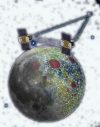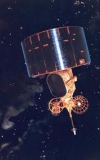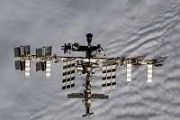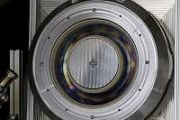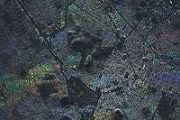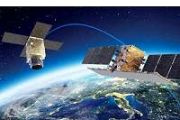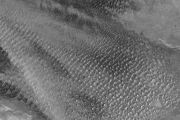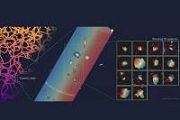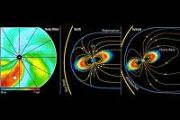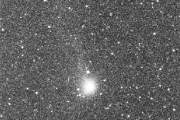Space Careers
| Project List |
The Gravity Recovery And Climate Experiment (GRACE), a joint mission of NASA and the German Space Agency, has been making detailed measurements of Earth's gravity field since its launch in…
GRAIL =Gravity Recovery and Interior Laboratory The Gravity Recovery and Interior Laboratory (GRAIL) is an American lunar science mission in NASA's Discovery Program, which will use high-quality gravitational field mapping…
Grasshopper is an experimental technology-demonstrator, suborbital reusable launch vehicle (RLV), a vertical takeoff, vertical landing (VTVL) rocket announced in 2011 for low-altitude testing that began in 2012. Grasshopper is being…
Hayabusa (はやぶさ?, literally "Peregrine Falcon") was an unmanned spacecraft developed by the Japan Aerospace Exploration Agency (JAXA) to return a sample of material from a small near-Earth asteroid named 25143…
Helios-A and Helios-B (also known as Helios 1 and Helios 2), are a pair of probes launched into heliocentric orbit for the purpose of studying solar processes. A joint venture…
Helios II is a military satellite for Earth observation. It is operating since April 2005. It is operated jointly by France, Belgium, Spain, Greece and Italy.
The Helioviewer project is an online Solar and heliospheric image visualization tool. It is the result of a cooperation between NASA, ESA, and JAXA. The aim of the Helioviewer Project…
A space telescope observing in the far-infrared. The Herschel Space Observatory is a European Space Agency space observatory sensitive to the far infrared and submillimetre wavebands. It is the largest…
The High Energy Transient Explorer (abbreviated HETE; also known as Explorer 79) was an American astronomical satellite with international participation (mainly Japan and France). The prime objective of HETE was…
The two key themes for this new centre being built are “Space” and “Big Data” and as such it will host a number of facilities, including: A space-focused Business Incubation…
The High Energy Stereoscopic System (H.E.S.S.) is a next-generation system of Imaging Atmospheric Cherenkov Telescopes (IACT) for the investigation of cosmic gamma rays in the 100 GeV and TeV energy…
Himawari or Geostationary Meteorological Satellite (GMS), was a series of Japanese weather satellites operated by the Japan Meteorological Agency. The first GMS satellite was launched 14 July 1977 from Cape…


